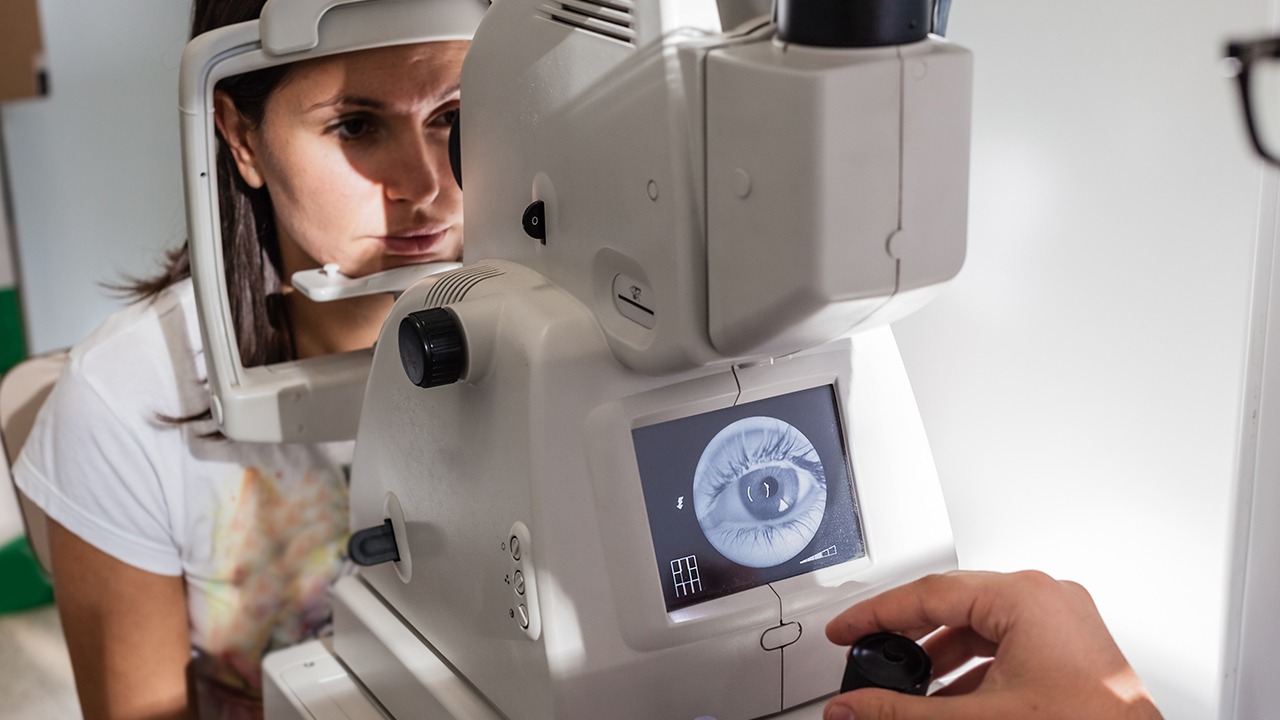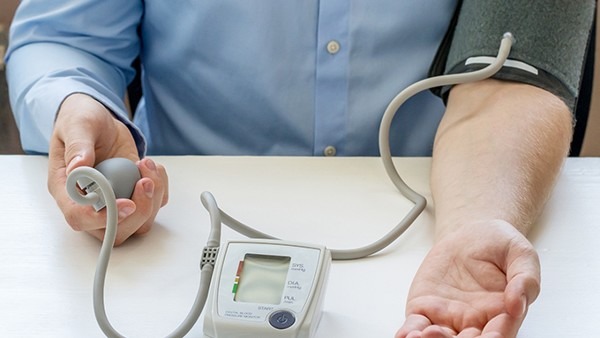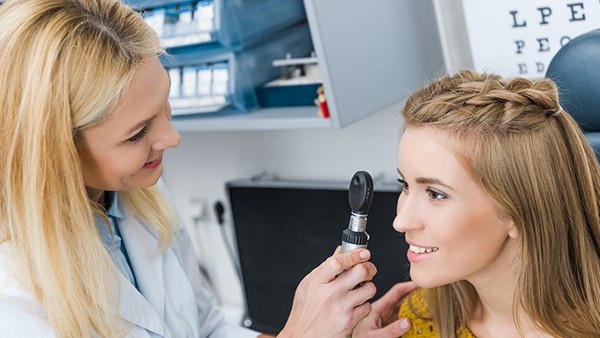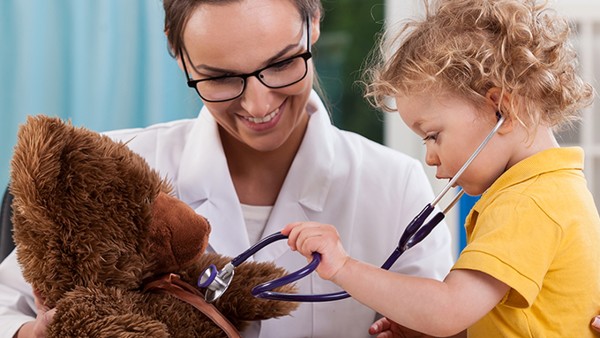How to Cure Hand, Foot and Mouth Disease: A Comprehensive Guide

Hand, foot and mouth disease (HFMD) is a common viral infection that primarily affects infants and young children. It is characterized by a fever, sore throat, and a rash of small blisters on the hands, feet, and mouth. While HFMD is usually a mild illness that resolves on its own within a few days, it can be uncomfortable and may lead to complications in some cases.
Symptoms of Hand, Foot and Mouth Disease
The symptoms of HFMD typically appear 3-6 days after exposure to the virus. Early symptoms may include:
Fever
Sore throat
Decreased appetite
Malaise
Headache
As the infection progresses, a rash develops on the hands, feet, and mouth. The rash consists of small, fluid-filled blisters that can be painful or itchy. It typically appears on the palms of the hands and soles of the feet, but can also spread to other areas of the body, such as the buttocks and genitals.
Other symptoms that may accompany HFMD include:
Nausea and vomiting
Diarrhea
Muscle aches
Skin sensitivity
Causes of Hand, Foot and Mouth Disease
HFMD is caused by a group of viruses known as enteroviruses, most commonly the coxsackievirus A16 strain. These viruses are highly contagious and can be spread through contact with respiratory droplets, saliva, or stool from an infected person. HFMD is most common during the summer and fall months.
Treatment for Hand, Foot and Mouth Disease
There is no specific treatment for HFMD. The infection typically resolves on its own within 7-10 days. Treatment is focused on providing supportive care and managing symptoms.
Rest: Encourage the child to rest and avoid strenuous activity.
Fluids: Offer plenty of fluids, such as water, electrolyte solutions, or juice, to prevent dehydration.
Cool baths: Cool baths or compresses can help soothe the rash and reduce fever.
Pain relievers: Over-the-counter pain relievers, such as acetaminophen or ibuprofen, can be used to manage pain and fever.
Antihistamines: Antihistamines can help reduce itching and discomfort from the rash.
Complications of Hand, Foot and Mouth Disease
In rare cases, HFMD can lead to complications, such as:
Viral meningitis: A viral infection of the membranes surrounding the brain and spinal cord.
Encephalitis: A viral infection of the brain itself.
Myocarditis: A viral infection of the heart muscle.
Pneumonia: A viral infection of the lungs.
These complications are more common in children with weakened immune systems.
Prevention of Hand, Foot and Mouth Disease
There is no vaccine for HFMD. However, there are several steps that can be taken to reduce the risk of infection, including:
Wash your hands frequently: Wash your hands thoroughly with soap and water, especially after changing diapers, using the bathroom, and before eating.
Cover your mouth and nose when coughing or sneezing: Use a tissue or your elbow to cover your mouth and nose when you cough or sneeze.
Avoid contact with sick individuals: Avoid close contact with people who are sick with HFMD.
Clean and disinfect surfaces: Regularly clean and disinfect surfaces that may have been contaminated with the virus, such as toys, countertops, and door handles.
Managing Hand, Foot and Mouth Disease in Children
Caring for a child with HFMD can be challenging. Here are some tips to help manage the infection and provide comfort:
Keep your child hydrated: Offer plenty of fluids, including water, electrolyte solutions, or juice. If your child is not drinking enough, you may need to give them fluids through a syringe or dropper.
Provide plenty of rest: Encourage your child to rest and avoid strenuous activity.
Soothe the rash: Cool baths or compresses can help soothe the rash and reduce fever. Antihistamines can also help reduce itching and discomfort.
Manage pain: Over-the-counter pain relievers, such as acetaminophen or ibuprofen, can be used to manage pain and fever.
Monitor your child for complications: If your child is experiencing any unusual symptoms, such as severe pain, vomiting, or difficulty breathing, seek medical attention immediately.
When to Seek Medical Attention
Most cases of HFMD are mild and do not require medical attention. However, it is important to seek medical attention if your child is experiencing any of the following symptoms:
Fever that persists for more than 24 hours
Rash that is severe, painful, or spreading
Difficulty swallowing or breathing
Vomiting or diarrhea that is persistent or severe
Unusual behavior or confusion
Preventing the Spread of Hand, Foot and Mouth Disease
To prevent the spread of HFMD, it is important to keep infected children home from school or daycare until the symptoms have cleared. Infected individuals should also avoid contact with other people, especially those with weakened immune systems.
Practicing good hygiene is also essential for preventing the spread of HFMD. This includes washing your hands frequently, covering your mouth and nose when coughing or sneezing, and avoiding contact with sick individuals.
The above is all the content that the editor wants to share with you. I sincerely hope that these contents can bring some help to your life and health, and I also wish that your life will be happier and happier.
Topic: #cure #hand #how











